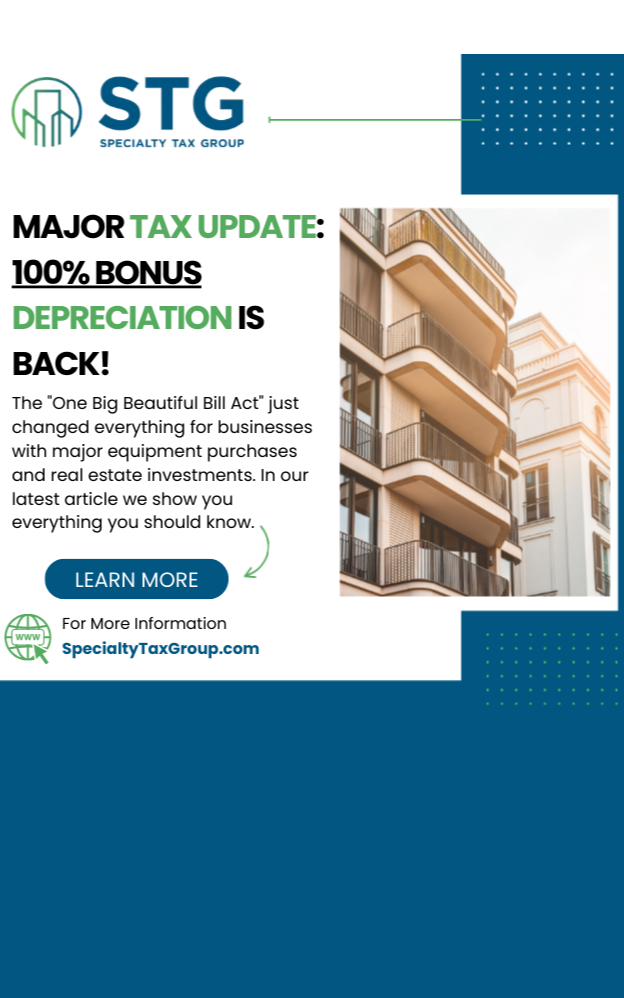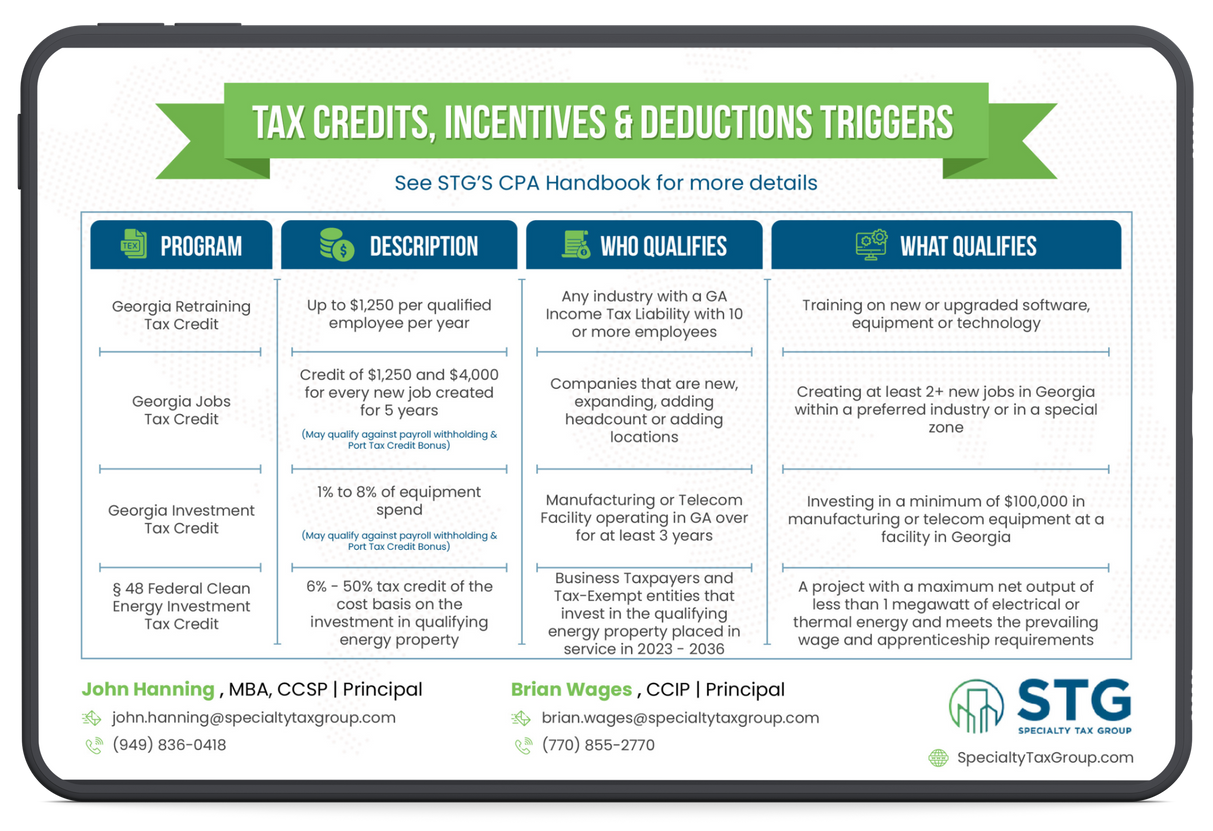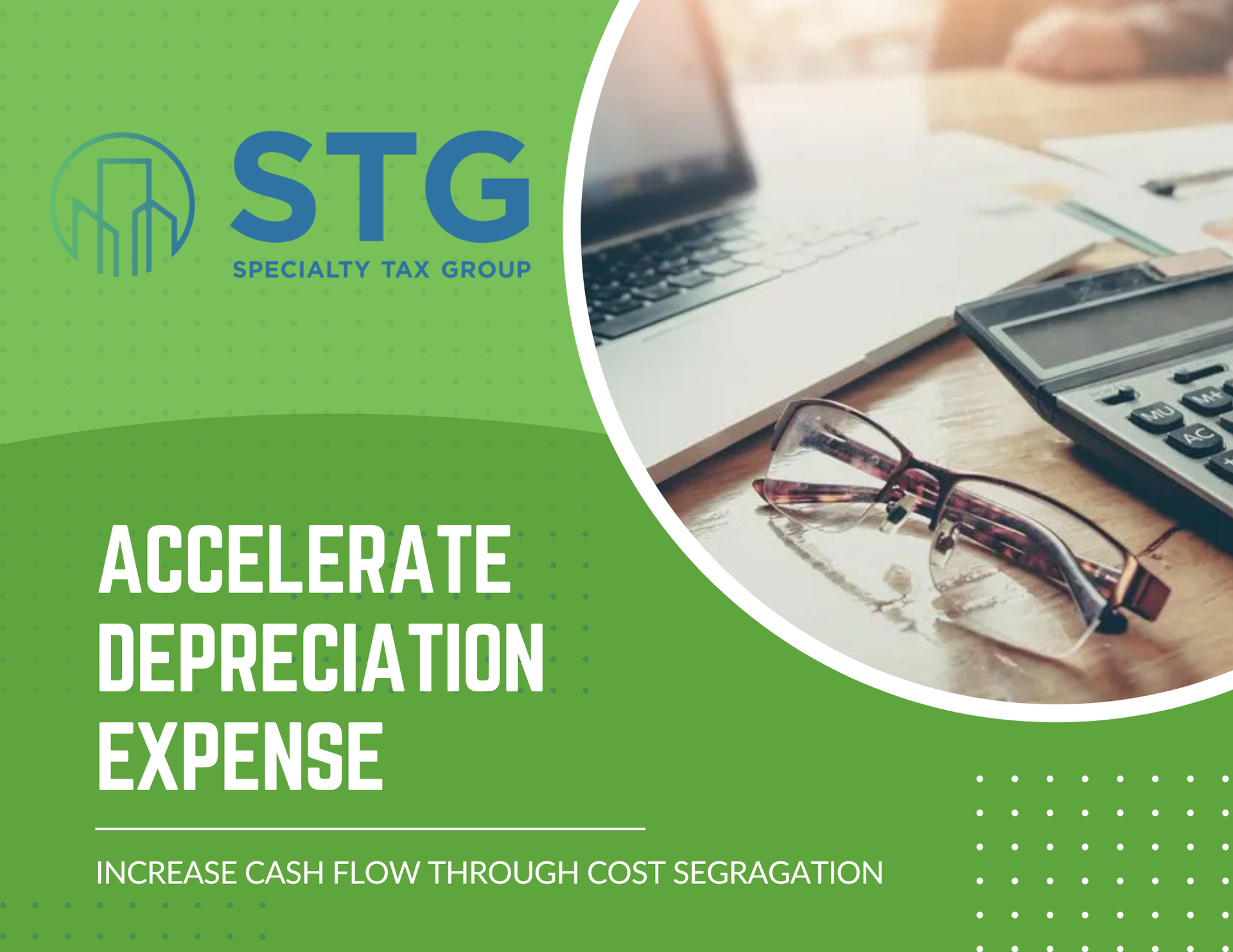This blog post has been researched, edited, and approved by John Hanning and Brian Wages. Join our newsletter below.
Tax Law Update | Background

For tax years beginning after December 31, 2021, taxpayers were originally losing the opportunity to directly expense their §174 R&E expenditures as a result of the passing of the 2017 Tax Cuts and Jobs Act (TCJA). Instead, taxpayers were required to amortize all R&E expenditures paid in a given tax year over a period of 5 years for domestic research expenditures or 15 years for foreign research expenditures.
However, the Tax Relief for American Families and Workers Act of 2024 has passed the U.S. House of Representatives and is under consideration in the Senate as of February 1, 2024. This Act proposes retroactive changes to the R&D tax credit, including the continuation of immediate expensing of domestic Section 174 Research and Experimentation expenses for tax years 2022-2025, while foreign R&E expenses must still be amortized over 15 years.
If the Act is passed, businesses may be able to amend their 2022 tax returns to claim immediate expensing of domestic R&D expenses and prepare for the 2023 tax year filings accordingly. Foreign R&D expenses will still require 15-year amortization under the new legislation.
There is still hope for the Tax Relief for American Families and Workers Act of 2024 to pass the Senate and be signed into law during the 118th session of Congress. This would allow businesses to retroactively claim immediate expensing of domestic R&D expenses on their 2022 returns, with the exception of foreign R&D expenses which will continue to require 15-year amortization.
Some procedural guidance has been released as Rev. Proc. 2023-8 and Rev. Proc. 2023-11, but substantive guidance is still pending which creates uncertainty as well as more hope that a repeal or postponement of the amortization requirements is forthcoming as part of the new legislation. If possible, we are recommending planning to extend the tax return just in case the R&E fix does not happen before the original filing deadline.
How Will §174 Changes Impact §41 R&D Tax Credit?
Now that 2022 §174 R&E expenditures may no longer need to be capitalized and amortized over a five-year period if the new legislation passes, there was some worry among taxpayers that only the amortized portion of their 2022 R&D expenditures will be eligible for the R&D tax credit. This would result in a significant reduction in their R&D tax credit amount particularly in the first two to three years after going into effect.
However, this is not the case as the R&D tax credit has not been impacted by the potential amortization requirement changes under the new legislation, as the legislation’s impact is solely on the taxable income calculation.
While there is a strong overlap between §174 R&E expenditures and §41 R&D tax credit expenditures, not every §174 R&E expenditure is a §41 R&D tax credit qualified expenditure, but every §41 R&D tax credit qualified expenditure is a §174 R&E expenditure.
How to properly deduct §174 R&E expenditures and the ability to take a tax credit on §41 R&D tax credit qualified expenditures are two separate sections of the IRC. While §174 R&E expenditures may no longer need to be amortized over five years for domestic R&D if the new legislation passes, the R&D qualified expenses taken for the R&D tax credit can be claimed on the full amounts. This is because §41 focuses on costs directly associated with R&D projects during a given tax year. These expenses include qualified employee wages, contractor costs, and raw materials or supplies. The §174 R&E deduction focuses on all R&E spending incurred during the year, both direct and indirect project costs.
While the potential amortization requirement changes will have no impact on the R&D tax credit, taxpayers must keep in mind that any expense qualifying for the R&D tax credit will also become a §174 expense, which means that if the legislation does not pass, that expense will then be required to be amortized over the five years. Until this year, taxpayers could take advantage of a significant current-year R&D deduction and credit simultaneously.
Next Steps
Our strategy at Specialty Tax Group (STG) is to take a conservative approach, ensure compliance with the law to offset any future interest and penalties, all while minimizing tax liabilities. Proper documentation through an R&D credit study that provides full audit support is key. Our experts can help you navigate these tax law updates and provide guidance for your business's eligibility for R&D Tax Credits. Contact us today at (614) 923-6545 to learn more.
2024 Tax Guide





